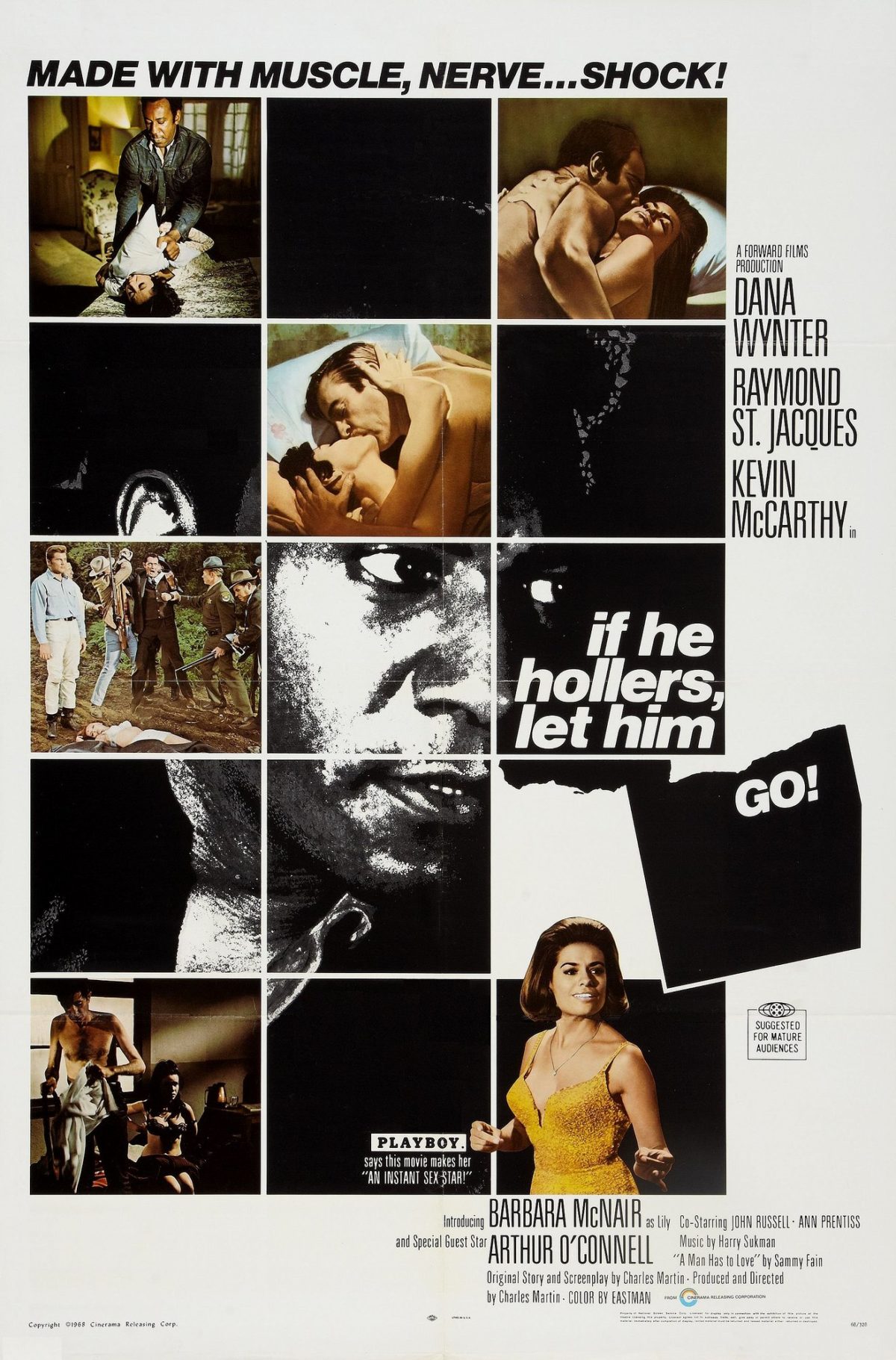Hands intertwined behind her back, my grandma stares earnestly. It is a white box on the ground, sitting there, seemingly staring back at her.
Later, my grandma asks what I thought of the box. I tell her honestly that it confused me, that I’d much rather spend my time staring at Degas’ or Halestines’. If we’re going to go to an art museum, then I want to look at real art—real stimulating, beautiful, sophisticated art.
Grandma tries to tell me that the white box sitting on the hardwood floor is art too. I don’t respond.
My mom and I sit uncomfortably as a nearly naked dancer on stage slithers across the floor as a man reads spoken word. She hops and rolls to the ground. She twitches and convulses. She looks as though she’s been possessed.
We share a glance. And after the show’s over, Mom says, “Next time, let’s just go see ABT’s rendition of The Nutcracker.” I agree.
“Art,” to me, has always been entwined with beauty. Art is something that stimulates us, makes us feel something, or transports us to another time and place. Art is not a white box I have seen and ignored before, nor a quivering barefoot dancer. To me, the most attractive pieces of art are those that are beautiful.
After our conversation in class, I began to think about this definition of art within the context of Noir. Professor argues that this is simply a different kind of art—one called “Street literature.” It cannot be compared to Jane Austen or Shakespeare because it does not attempt to be Austen or Shakespeare. It exists entirely within itself.
Trick Baby is based upon the real story of White People’s, or so the story goes. It is crude and explicit in more ways than one; explicit in its graphic nature, and explicit in its obvious and unclouded language. Admittedly, I have grouped this book into a segment of my brain called “Weird Art I Don’t Understand and Probably Won’t Explore Again.” Iceberg Slim’s novel sits alongside the white box, the barefoot dancer, and several poems and songs I can’t make sense of.
As an English major, I am aware that I cannot ignore art that makes me feel uncomfortable. I know that the purpose of an Arts and Letters degree is to broaden my mind.
However, after watching Sweet Sweetback’s Baadassss Song, I did notice that there is a “line” to be crossed, whether we want to admit it or not.
Black Noir is a descent into darkness and it explores raw and graphic truths about the Black community. Because I am reading Black Noir with a background of 13 years of white, Catholic education and morals, it feels strange and crude. But it is still a type of art, albeit not a type I particularly enjoy when it becomes too explicit.
Stories like Trick Baby help expand my definition of art and force me away from my bias towards white morality. However, I keep thinking about the first scene of Sweet Sweetback’s Baadassss Song, which is essentially a rape of a 13 year old boy that may or may not have happened in real life. We all acknowledge that this is immoral, that this scene is not art, and that it is excessively graphic.
However, why do we not apply this same argument (that we cannot impress our white, Christian morality upon a Black piece of art) to this first scene? I argue that there is a distinct line between what is immoral and moral. Discovering this line and adhering to it does not necessarily make us close minded, but instead, makes us equitable.
I do think that Sweet Sweetback and Trick Baby are a type of art, but not one I would reach for first. However, just because Black Noir embraces the dark, I do not think that it is necessarily wrong to read it with a different set of morals. Black Noir cannot escape interpretations grounded in white morals, nor can it ignore objective immortals.

I agree that we should not feel bad for not enjoying every type of art in every form, beyond just objectively though. I think people are entitled to their opinions and past experience to dislike any art. There are different genres and forms of art for a reason. My boyfriend and I have completely different opinions on what a good movie is, but that doesn’t make one of us right or wrong. I did not enjoy Sweet Sweetback’s Baadassss Song, as I found it far too graphic. My family has always steered me clear of graphic and disturbing scenes in movies due to their tendency to reappear in my dreams, even now. That is just who I am. I think all Tarantino films are terrible. I hate excessive gore and violence. Just because a lot of people disagree with me does not mean I have to watch every single film in an effort to appreciate it. There are definitely lines that shouldn’t be crossed and anything excessive included soley for shock factor is ridiculous, in my opinion of course.
I really liked your argument and acknowledgment of how our own past and history as readers can often shape what we perceive to be art or a worthy piece of literature. I myself have been struggling to read these works, in the same way, I would any other book that society has claimed to be “art.” In connection to the Nishikawa reading, I wonder if the way in which these books are being marketed and sold to only certain audiences has anything to do with the way that we view these texts. Are we the intended audience? Is there even an intended audience for this type of literature? A lot of important questions which I think we should consider as readers.